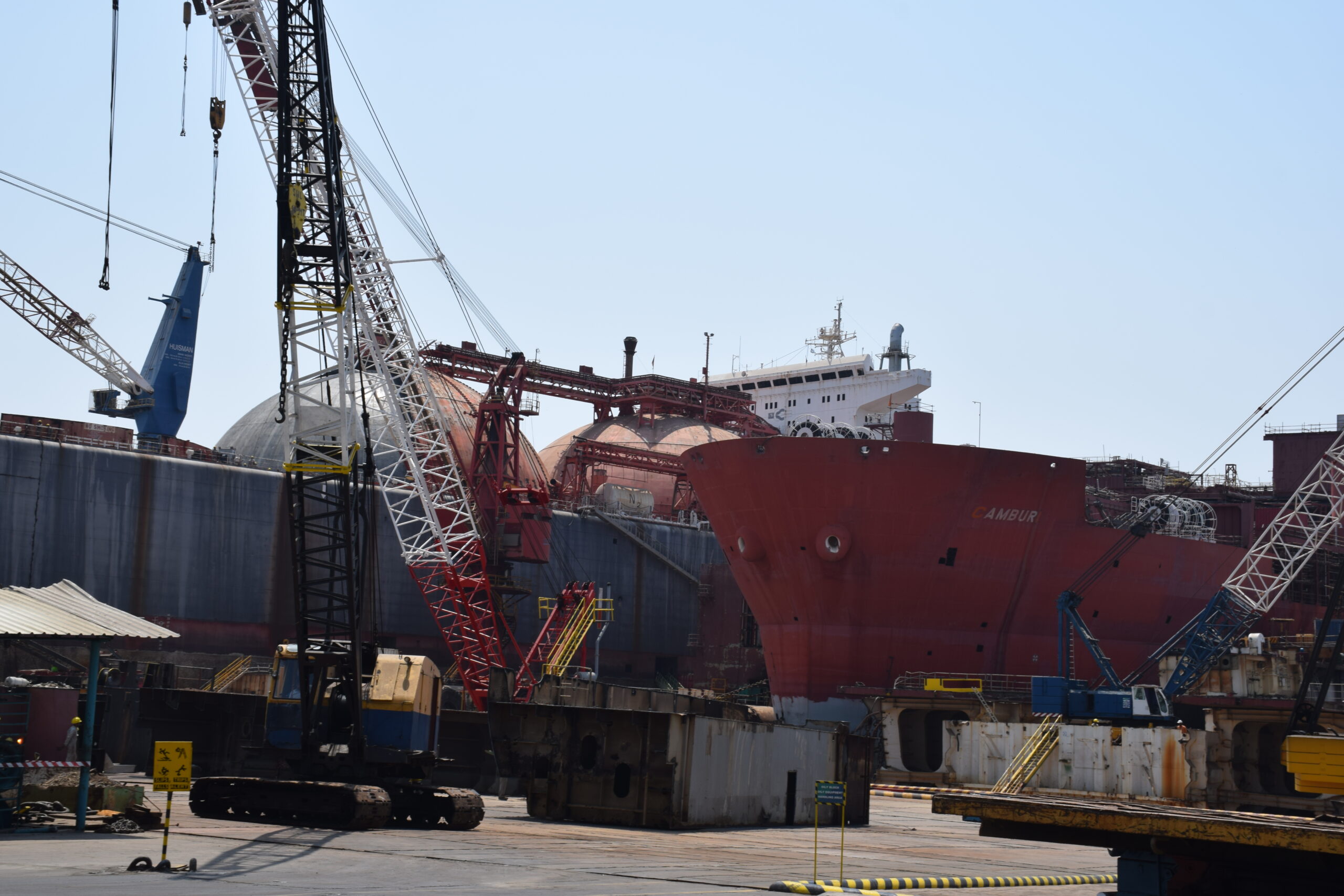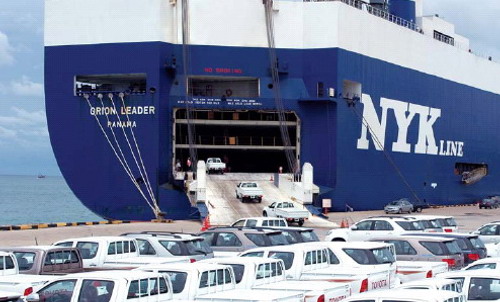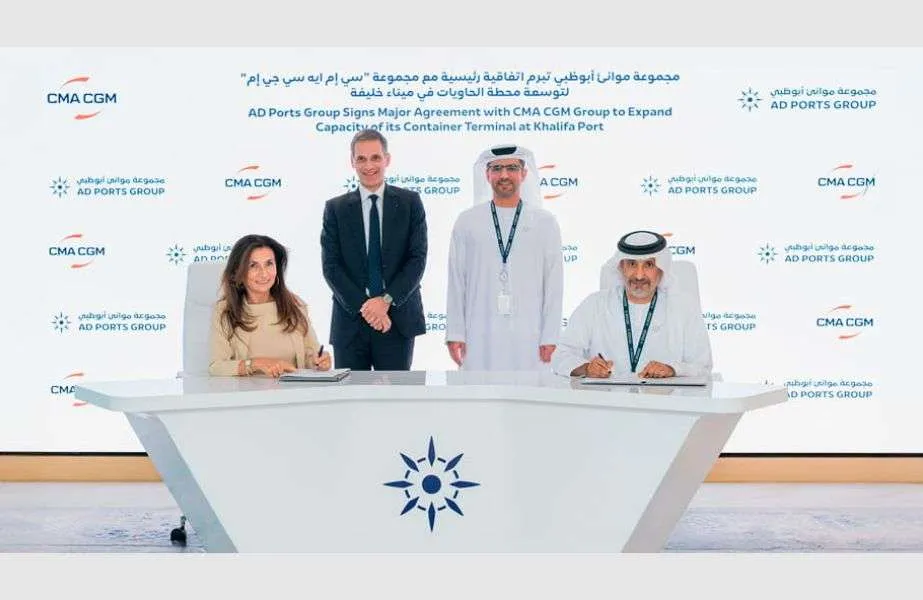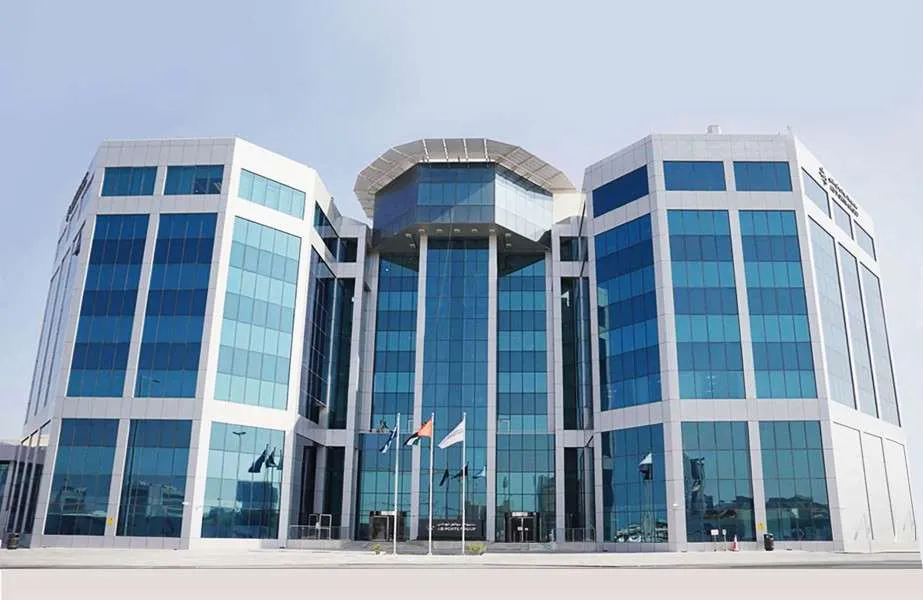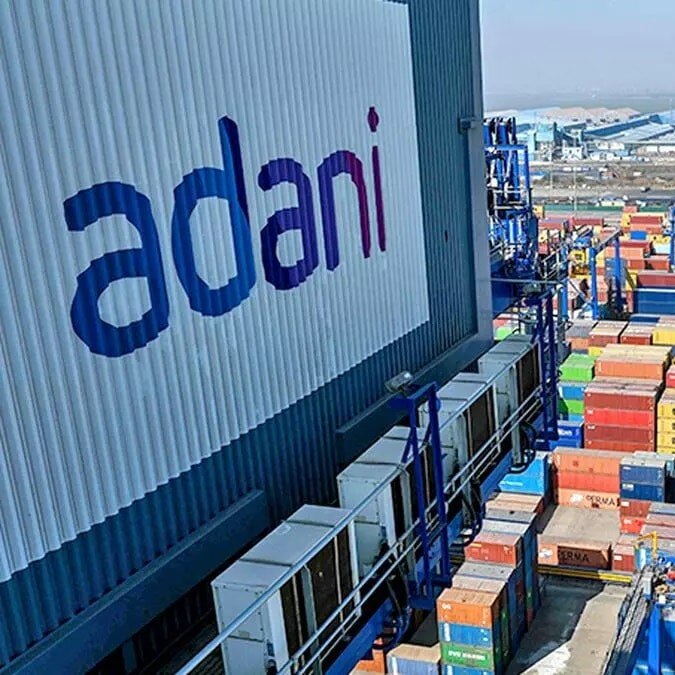Ship Recycling: Lowest Number of Ships and Tonnage Arrived at Alang in the Past Decade
Mahebub Kureshi, Bhavnagar, Gujarat: The ship recycling industry, a key economic sector in Bhavnagar’s Alang, is navigating through one of its most prolonged downturns. The economic slowdown has significantly impacted business transactions, with 2024 witnessing the lowest number of ships and tonnage arriving at Alang in the past decade.

The industry’s ongoing performance decline can be traced back to the COVID-19 pandemic, after which the ship recycling sector has been grappling with continuous challenges. In 2022, 141 ships arrived at Alang, followed by 137 in 2023. However, 2024 marked a steep decline, with only 109 ships reaching the shipyard. This reduced activity has had cascading effects on the region’s economy, employment, and overall industrial output.
Global Market Trends Impacting Alang
One of the primary reasons for the slowdown is the unusual surge in freight rates in the global shipping market. Shipowners are now opting to repair and extend the lifespan of their aging vessels rather than sending them for dismantling. Ships nearing the end of their operational lives are undergoing basic maintenance to continue functioning, which has significantly reduced the supply of ships for recycling.
This decline in ship arrivals has directly affected the tonnage dismantled at Alang. The Light Displacement Tonnage (LDT) figures reveal a sharp drop, from 25.31 lakh tonnes in 2014 to just 7.65 lakh tonnes in 2024.
Additionally, international standards like the Hong Kong Convention have increased compliance requirements for shipbreaking yards. Meeting these standards requires more time and investment per ship, further slowing down operations.
Currency Depreciation and Regional Competition
The consistent depreciation of the Indian Rupee against the US Dollar has added another layer of difficulty for ship recyclers. The weakened currency has inflated the cost of purchasing ships for dismantling, further squeezing profit margins.
Adding to the woes, neighbouring countries such as Pakistan and Bangladesh continue to operate with fewer regulatory constraints. These countries have lower operational costs and are thus able to offer more competitive prices to shipowners. This disparity has made it increasingly difficult for Alang to maintain its position as a global leader in ship recycling.
Year-on-Year Statistics of Alang
A closer look at the year-on-year data illustrates the sharp decline:
| Year | Ships | LDT (in tonnes) |
|---|---|---|
| 2014 | 249 | 25,31,000 |
| 2015 | 227 | 20,94,360 |
| 2016 | 315 | 33,81,802 |
| 2017 | 230 | 23,53,654 |
| 2018 | 258 | 21,22,493 |
| 2019 | 190 | 15,08,561 |
| 2020 | 199 | 18,60,452 |
| 2021 | 207 | 15,20,873 |
| 2022 | 141 | 11,68,001 |
| 2023 | 137 | 10,48,093 |
| 2024 | 109 | 7,65,736 |
Monthly Breakdown for 2024
| Month | Ships | LDT (in tonnes) |
| January | 15 | 90,220.47 |
| February | 9 | 23,830.37 |
| March | 5 | 69,056.42 |
| April | 3 | 42,926.01 |
| May | 12 | 84,181.30 |
| June | 10 | 59,525.89 |
| July | 4 | 31,801.82 |
| August | 10 | 80,077.78 |
| September | 7 | 45,363.53 |
| October | 12 | 92,778.32 |
| November | 14 | 96,746.26 |
| December | 9 | 49,228.00 |
| Total | 109 | 7,65,736 |
Challenges Unique to India
In contrast to Pakistan and Bangladesh, where shipbreaking materials like steel rods, channels, and sheets are directly used for manufacturing, India’s Bureau of Indian Standards (BIS) regulations pose additional hurdles. The stringent BIS norms require shipbreaking materials to meet higher quality standards, which often leads to increased costs and delays.
Furthermore, geopolitical tensions such as the Ukraine-Russia war and the Israel-Palestine conflict have disrupted global trade routes. Ships are taking longer detours to avoid conflict zones like the Red Sea, Suez Canal, and Panama Canal. These extended routes increase the demand for operational vessels, reducing the supply of ships available for recycling.
Industry Perspective
 Haresh Parmar, Joint Secretary of the Ship Recycling Industries Association (India), highlighted the cumulative impact of these challenges. “Factors like international compliance requirements, currency depreciation, and neighbouring country’s competition have severely affected Alang’s competitiveness. The industry is at a crossroads, and immediate measures are required to revive its fortunes. Recycling ship produces 90% iron scrap, which can be useful as raw materials in Re-Rolling Mills in manufacturing steel bars, but the BIS factor badly affects ship recycling Industries at Alang, whereas competitor countries do not have such rules hence their iron scrap fetches handsome prices. Though the Union Government of India has provided many help to ship recycling industries, still we are facing hurdles” he said.
Haresh Parmar, Joint Secretary of the Ship Recycling Industries Association (India), highlighted the cumulative impact of these challenges. “Factors like international compliance requirements, currency depreciation, and neighbouring country’s competition have severely affected Alang’s competitiveness. The industry is at a crossroads, and immediate measures are required to revive its fortunes. Recycling ship produces 90% iron scrap, which can be useful as raw materials in Re-Rolling Mills in manufacturing steel bars, but the BIS factor badly affects ship recycling Industries at Alang, whereas competitor countries do not have such rules hence their iron scrap fetches handsome prices. Though the Union Government of India has provided many help to ship recycling industries, still we are facing hurdles” he said.
Possible Solutions and the Road Ahead
For Alang to regain its position as a global leader in ship recycling, several steps need to be taken:
- Policy Reforms: The Indian government must consider revising BIS norms to allow for greater flexibility without compromising quality. This would reduce costs and improve profitability for recyclers.
- Technological Upgrades: Investments in technology can help meet international standards more efficiently, reducing the time and cost involved in ship dismantling.
- Subsidies and Incentives: Offering financial incentives to shipowners and recyclers can attract more business to Alang.
- Global Collaboration: Strengthening ties with global shipping companies and fostering partnerships can help secure a steady inflow of vessels for recycling.
- Focus on Sustainability: Highlighting Alang’s commitment to eco-friendly recycling practices could attract international clients to prioritise sustainability.
Conclusion
Alang, once the world’s largest ship recycling hub, is at a critical juncture. While challenges abound, the industry also has significant opportunities for growth if the right measures are implemented. By addressing regulatory hurdles, adopting modern technology, and fostering global partnerships, Alang can once again emerge as a leader in sustainable ship recycling. However, this requires a coordinated effort from industry stakeholders, policymakers, and international partners to navigate through these turbulent waters.
Author: shipping inbox
shipping and maritime related web portal




